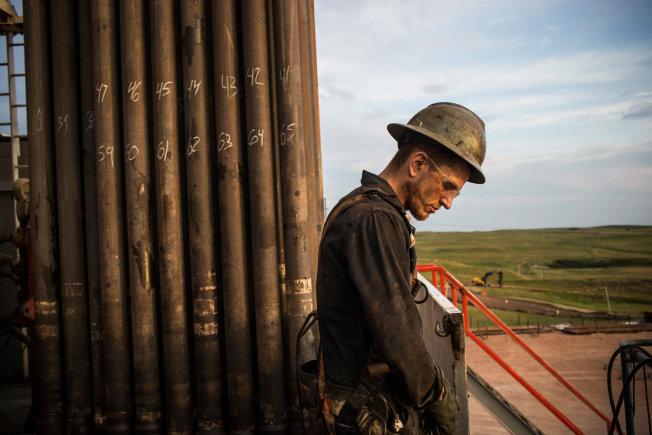
US SHALE DOWN

Share sales by US oil and gas companies have slowed sharply in recent months, in a sign of the tightening financial pressures on the industry following the fall in crude prices.
US exploration and production companies raised a record total of $10.8bn from issuing new equity in the first quarter of 2015, according to Dealogic, but that has fallen to $3.7bn in the second quarter, which ends on Tuesday.
The reduced availability of equity finance for the small and midsized companies that led the US shale revolution is forcing more of them to look at selling assets to remain solvent. Corporate bankruptcies and takeovers in the industry are also expected to increase.
In the first few months of 2015 there was a rush by US oil and gas companies to sell shares to strengthen their balance sheets, with the proceeds used to pay down debt and help finance their drilling programmes.
Whiting Petroleum and Noble Energy each raised about $1bn, with Newfield Exploration and Laredo Petroleum, raising about $815m and $760m respectively, among the 38 companies in the industry that have sold shares this year.
However, Deborah Byers, a partner at Ernst & Young, the accounting and consulting group, suggested companies that had already issued equity were unlikely to be able to do so again, because of concerns from existing investors about dilution.
"It may be a one-shot deal," she said.
Diminished capacity to sell more shares is one of several mounting financial pressures on the industry, including the exhaustion of hedging programmes that companies have used to protect themselves from the collapse in oil and gas prices.
The less financially secure high-yield borrowers in the US industry have hedged just 24 per cent of their expected oil production for next year, according to analysts at Bank of America Merrill Lynch, compared with about 60 per cent last year.
Credit markets have remained open to exploration and production companies, with borrowing through loans and bonds hitting $31.4bn in the second quarter, up from $28.4bn in the first quarter, according to Dealogic.
Companies including Sandridge Energy have been borrowing using "second lien" debt, which is secured on assets and typically ranks below senior secured loans, but above unsecured bonds.
However Buddy Clark, the head of energy at Haynes and Boone, the law firm, suggested the cheaper second lien money that had been available might already have been used up, and companies were increasingly likely to be thinking about asset sales to secure their finances.
The next round of bank assessments of oil and gas reserve valuations, used to set limits on lending, is looming in the autumn, for many companies on October 1. It may lead to borrowing facilities being cut for some companies, even though oil prices have rebounded a little from their levels at the time of the last round of such redeterminations in March and April.
Ms Byers suggested there was a growing divide opening up between the financially stronger companies with lower cost assets, and weaker companies with worse assets.
"The companies that don't need to go to the equity market can go to the debt markets if they want. The companies that might really need to raise equity now can't, and they can't raise debt either," she said.
In a sign of faltering investor enthusiasm for US shale companies, the S&P exploration and production sector index has fallen by 12 per cent since May 1, even though short-term US oil and gas prices have not moved significantly over that period. West Texas Intermediate crude oil is still a little under $60 per barrel while Henry Hub benchmark gas for August delivery has risen and fallen, and returned to about $2.80 per million British thermal units.
Michael Rowe, an analyst at Tudor Pickering Holt, said many investors had become discouraged by the resilience of US crude production in spite of the 61 per cent drop in the number of rigs drilling for oil since October, because it seemed to point to continued oversupply in world markets and downward pressure on prices.
"There is a consensus now that the US industry will be able to keep production flat for a while," he said. "The feeling is that at $60 it's going to be OK."
However, he added it was "premature" to make that assumption, and he expected production declines in the Bakken formation and other US shale regions to start later this year, helping to bring the world oil market back into balance next year.
ft.com





